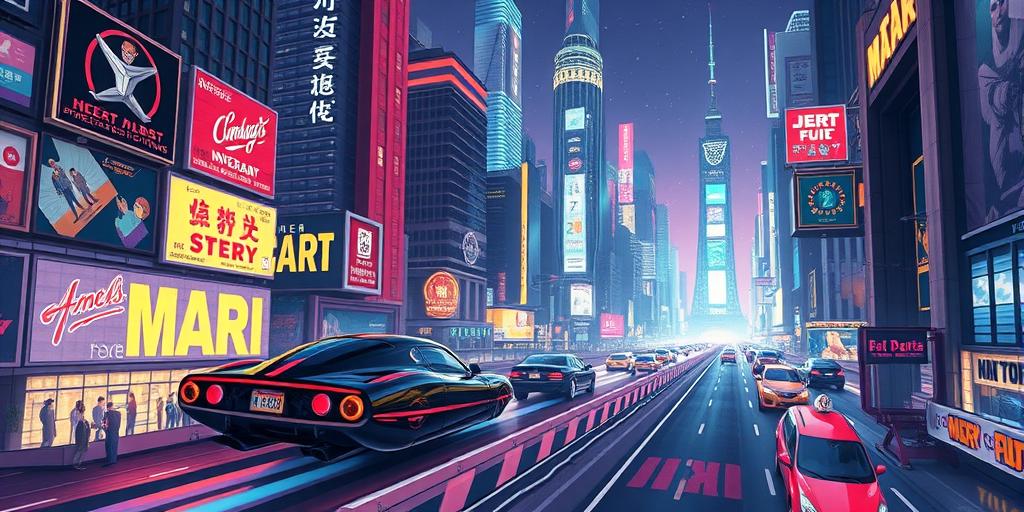Have you ever watched a science fiction movie and thought, “Wow, I wish I had one of those gadgets!”? Well, get ready to be amazed, because many futuristic inventions from the silver screen have not only become a reality but are now an integral part of our daily lives. From the sleek communicators of Star Trek to the self-driving cars hinted at in countless films, the line between science fiction and reality is blurring faster than ever before. Let’s explore some of the most iconic gadgets that made the leap from fantasy to reality, proving that science fiction often inspires groundbreaking technological advancements.
Communication Devices: From Flip Phones to Holographic Calls
The Evolution of the Communicator
Science fiction has long showcased the dream of seamless, instantaneous communication. Remember those iconic flip phones from Star Trek? While not exactly replicating the sleek, futuristic design, modern smartphones offer unparalleled communication capabilities, far surpassing what was imaginable just a few decades ago. We can make calls, send texts, video chat, and access information globally, all from a device that fits in our pockets – a true testament to the vision of science fiction writers.
Beyond Voice Calls: The Rise of Holographic Technology
While we might not have Star Wars-style holographic calls yet, the evolution towards more immersive and realistic communication is undeniable. Virtual reality and augmented reality technologies are pushing the boundaries of communication, allowing for increasingly realistic and interactive experiences. Consider the potential for remote collaboration, virtual meetings, or even holographic entertainment – these advancements are bringing the world of science fiction closer to reality each day. The development of advanced display technologies, high-speed internet, and efficient video processing all play a crucial role in the advancement of holographic communication, bridging the gap between imagination and reality.
Transportation: The Self-Driving Dream Takes Shape
Autonomous Vehicles: A Reality Check
Self-driving cars, a staple of countless science fiction films, are finally becoming a tangible reality. While fully autonomous vehicles are not yet ubiquitous, companies are investing heavily in this technology, with significant breakthroughs in autonomous driving technology being made constantly. From advanced sensors and AI algorithms to sophisticated mapping systems, the components necessary for safe and efficient self-driving vehicles are coming together. The long-tail keywords related to this technology – such as “autonomous vehicle safety systems”, “AI-powered navigation”, and “electric self-driving cars” – reflect the rapid advancements in the field.
Beyond Cars: Flying Vehicles and Hyperloops
The dream of flying cars, a long-held vision in science fiction, is also slowly materializing. While we might not have widespread personal flying vehicles yet, there are ongoing developments in electric vertical takeoff and landing (eVTOL) aircraft, paving the way for air taxis and other innovative forms of personal transportation. Furthermore, concepts like hyperloops, high-speed transportation systems using magnetic levitation, are also progressing, promising to revolutionize travel, fulfilling many futuristic sci-fi predictions.
Medical Advancements: From Bionic Limbs to Gene Editing
Bionic Body Parts: Restoring Functionality
Science fiction often portrays futuristic medical technology capable of enhancing or replacing human body parts. Bionic limbs, once a far-fetched concept, are now helping individuals regain mobility and function. These advanced prosthetics, controlled by the user’s own nervous system, are a significant achievement, reflecting the advancements in materials science, robotics, and neuroscience. With continued research in this area, the field of bionics is moving towards even more sophisticated and integrated prosthetic technologies.
Gene Editing: Rewriting the Code of Life
Gene editing technologies, such as CRISPR-Cas9, are revolutionizing medicine by allowing scientists to modify genes directly. This technology holds immense potential for treating and preventing a wide range of genetic diseases. While ethical considerations remain, the impact of gene editing on human health could be as profound as any other scientific revolution. The long-term effects of gene editing technology, along with the development of safer and more efficient gene editing tools, are among the key research areas in this rapidly expanding field. These advancements highlight the convergence of science fiction and scientific reality.
The Future of Gadgets: What’s Next?
The journey from science fiction to reality is a continuous process, marked by innovation and groundbreaking discoveries. What began as a futuristic fantasy is frequently reshaped into a technological reality. As we push the limits of science and technology, it’s thrilling to contemplate the next generation of gadgets that will soon transition from science fiction to everyday life. From advanced brain-computer interfaces to personalized medicine and even the possibility of interstellar travel, the future promises even more remarkable innovations. Will we see personal force fields or teleportation in our lifetimes? Only time will tell, but the possibilities are limitless.
Embrace the incredible possibilities of tomorrow; technology’s future is bright!




